1. Seiganto-ji Temple in the Sacred Land of the Kii Mountains, Wakayama
Japan UNESCO Heritage - Seiganto-ji Temple. (Photo: Collected)
When it comes to famous historical sites in Japan, Seiganto-ji Temple is definitely a name that cannot be missed. Located in the Kii Mountains in Wakayama Prefecture, this temple is an important part of the Japan UNESCO Heritage Site, the Kii Mountain Pilgrimage and Sacred Sites. Seiganto-ji Temple is a historical site of great importance in Japanese Buddhism, especially since the temple is associated with the majestic Nachi Falls, one of the tallest waterfalls in Japan.
Built in the 9th century, Seiganto-ji Temple is not only a religious destination but also a place where visitors can admire the wonderful harmony between nature and Buddhist architecture. The temple's three-story pagoda and Nachi waterfall create a majestic scene, an ideal place for visitors to find peace of mind.
2. Buddhist architectural complex of Horyu-ji temple area, Nara
Horyuji – The oldest wooden temple in Japan. (Photo: Collected)
Horyu-ji Temple in Nara is one of the famous historical sites in Japan, recognized by UNESCO as a World Heritage Site in 1993. The UNESCO World Heritage Site of Japan - Horyu-ji Temple was built in the early 7th century under the direction of Prince Shotoku, not only a religious building but also a masterpiece of ancient Buddhist architecture. This architectural complex has great historical value, with ancient wooden structures, giving visitors a clear view of the development of Buddhism in Japan.
In addition to its religious value, Horyu-ji Temple is also a testament to the harmonious combination of Chinese culture and Japanese identity, creating a unique architectural style. This is one of the places not to be missed for those who want to learn more about Japanese history and architecture.
3. Himeji Castle, Hyōgo
Himeji Castle is an ancient Japanese castle in Himeji city, Hyōgo prefecture. (Photo: Collected)
Himeji Castle (White Heron Castle) is one of the UNESCO Heritage Sites of Japan built in the 14th century, this castle is a symbol of solidity and strength in military architectural design. With its pure white color and majestic architecture, Himeji Castle has become one of the most beautiful and best preserved castles in Japan.
With 83 different structures including towers, gates and defense systems, Himeji Castle is not only an attractive tourist attraction but also a famous historical site in Japan, reflecting the remarkable development of construction technology and military tactics in Japanese history. This is one of the first heritages recognized by UNESCO in 1993.
4. Mount Fuji, Chūbu
Mount Fuji appears majestically, spanning Shizuoka and Yamanashi provinces. (Photo: Collected)
Mount Fuji is one of Japan's famous UNESCO heritage sites and an important historical site of the country. Standing at 3,776 meters, Mount Fuji is not only a place of majestic natural beauty but also a place of deep spiritual value for the Japanese people. This mountain has inspired artists, poets and has been a pilgrimage destination for centuries.
Designated a World Heritage Site in 2013, Mount Fuji comprises 25 related sites, including shrines and stone monuments, that demonstrate the long-standing spiritual relationship between humans and nature. It is one of Japan’s most prominent historical sites, attracting not only mountaineering enthusiasts but also a sacred pilgrimage site for generations of Japanese people.
5. Mozu-Furuichi Ancient Tomb, Osaka
Mozu-Furuichi Kofun: The impregnable keyhole-shaped ancient burial mound. (Photo: Pixta)
Once an important cultural and political center of Japan from the late 4th to late 5th centuries, dozens of imperial burial sites are densely packed in this area, making it one of the largest clusters of tombs in the country. The Mozu-Furuichi Kofun was also added to the UNESCO World Heritage List in 2019.
The Mozu-Furuichi Ancient Tombs in Osaka are one of the most famous historical sites in Japan. These tombs, also known as kofun (ancient burial mounds), are the resting places of emperors and high-ranking officials of ancient times. In particular, the mausoleum of Emperor Nintoku is one of the largest mausoleums in the world, surpassed only by the mausoleum of Qin Shi Huang and the Great Pyramid of Giza.
The tombs at Mozu-Furuichi are not only important historical relics but also evidence of the development of Japanese civilization in the early periods. The kofun system here with its uniform shape and lush greenery in the middle of Osaka city is one of the "archaeological" destinations not to be missed when traveling to Japan .
However, currently no one is allowed to lead the way to explore and visit the Mozu-Furuichi Kofun tomb complex. Tourists are only allowed to stand in front of the gate leading to the mound or observe the tomb from above. The Japanese have always had a strong belief that the ancient mounds are where the souls of the Royal family members are hidden - a sacred place that should not be violated.
The famous historical sites in Japan above are not only living witnesses of the past but also precious heritages, reflecting the perfect combination of nature and human. Each place has its own story, a unique historical journey, helping visitors understand more about Japanese culture and spirituality. Don't miss the opportunity to explore these 5 UNESCO Heritage Sites in Japan to admire the beauty and mystery of the land of the rising sun!
Source: https://www.vietravel.com/vn/am-thuc-kham-pha/di-tich-lich-su-noi-tieng-o-nhat-ban-di-san-unesco-v16601.aspx


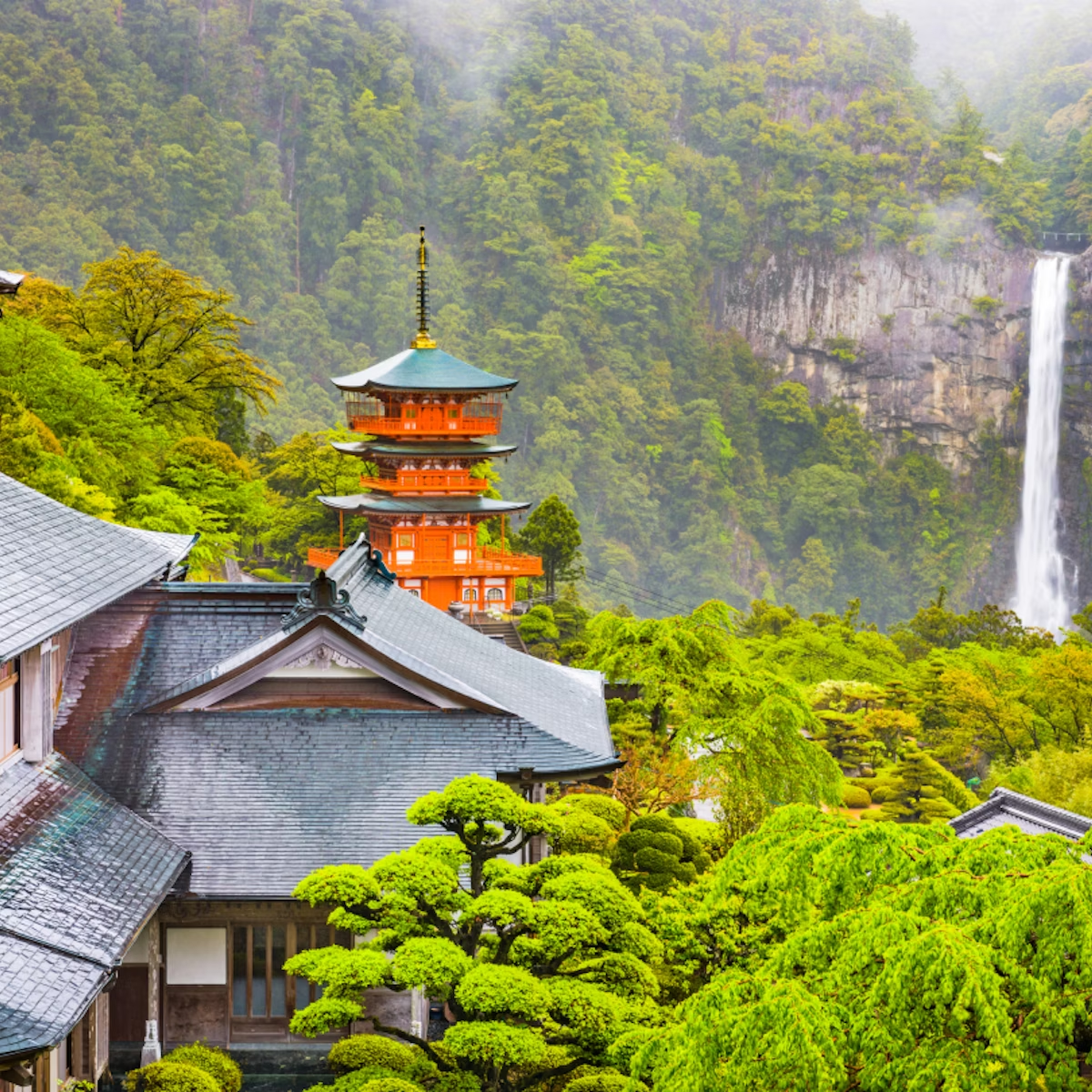
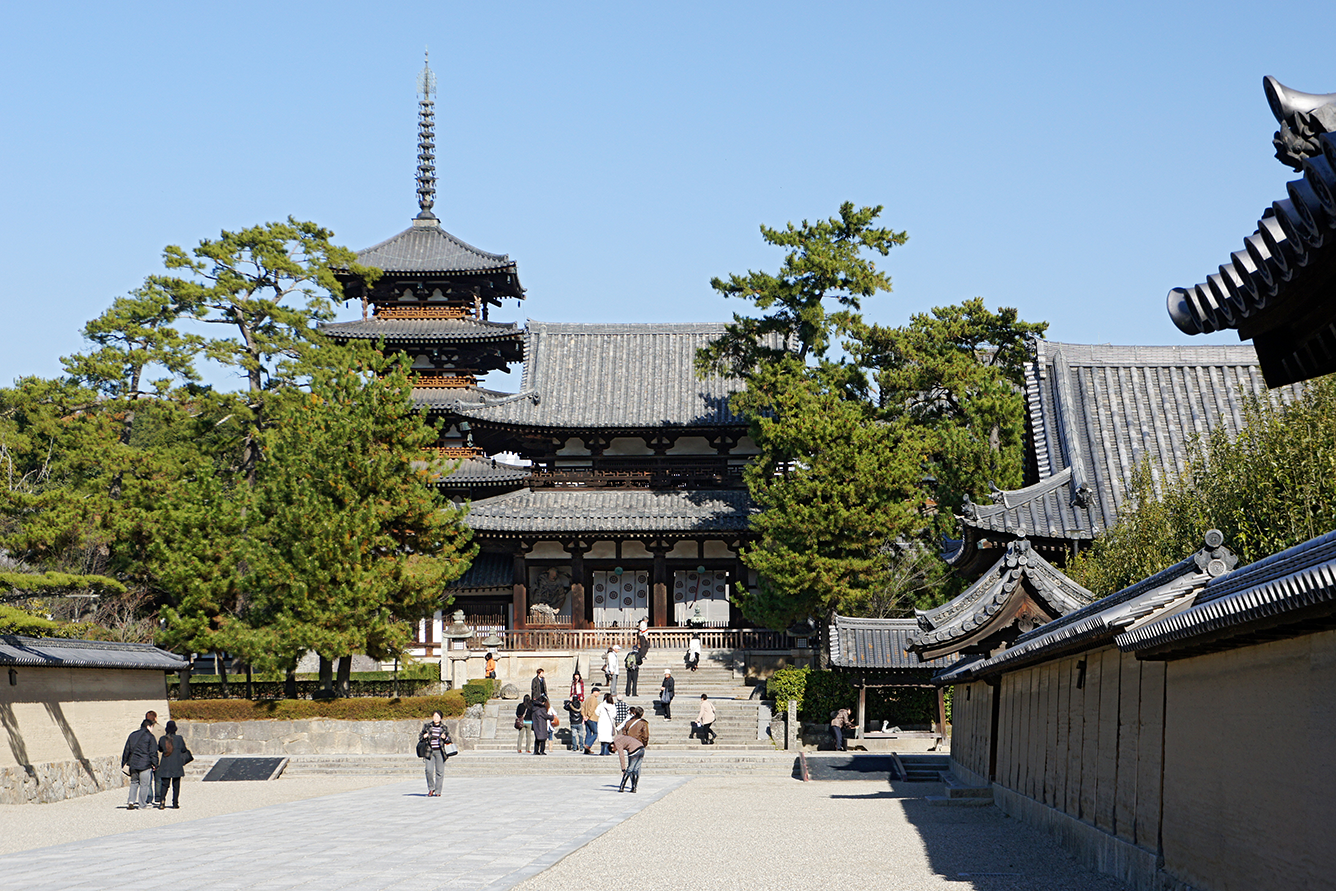
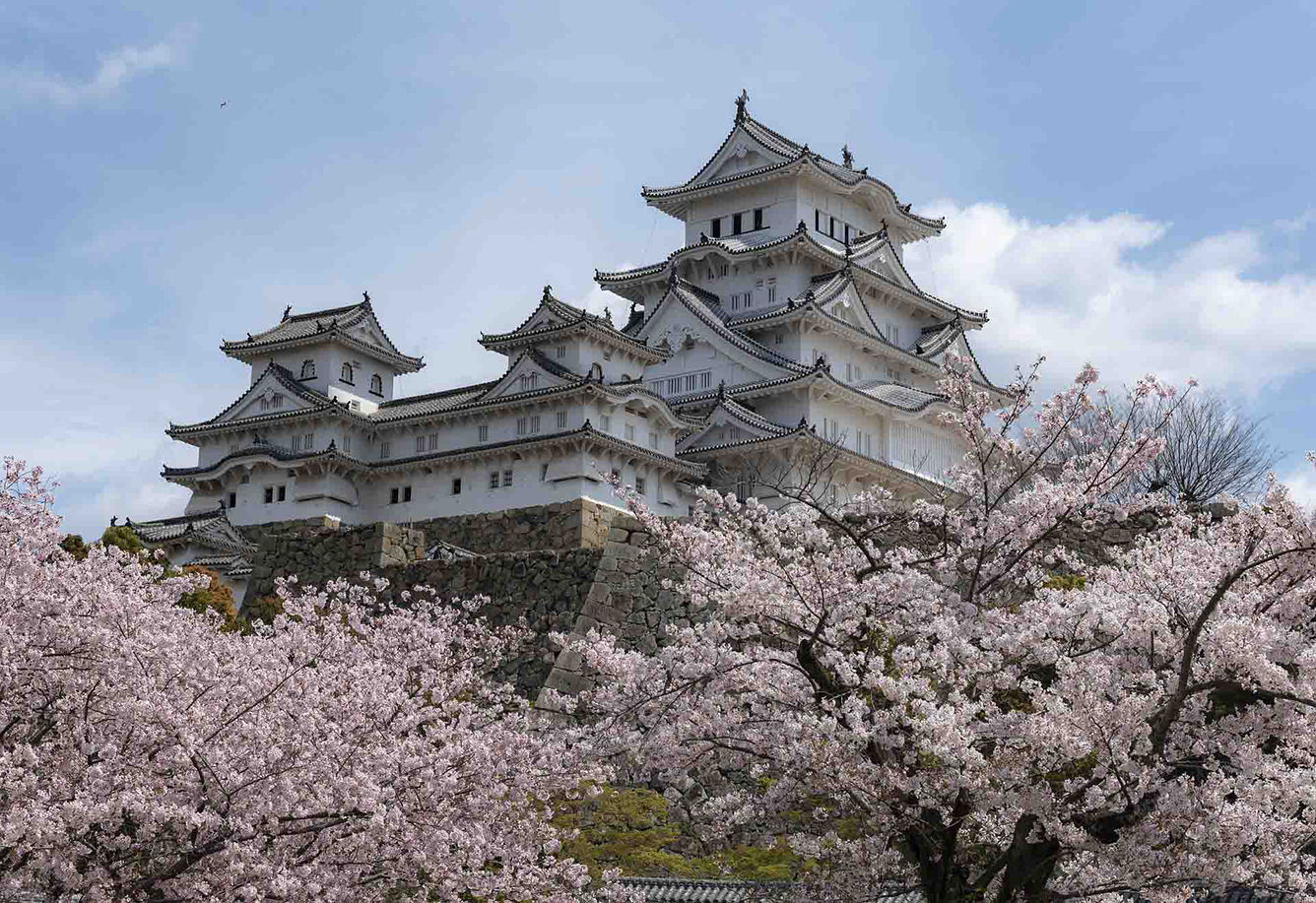
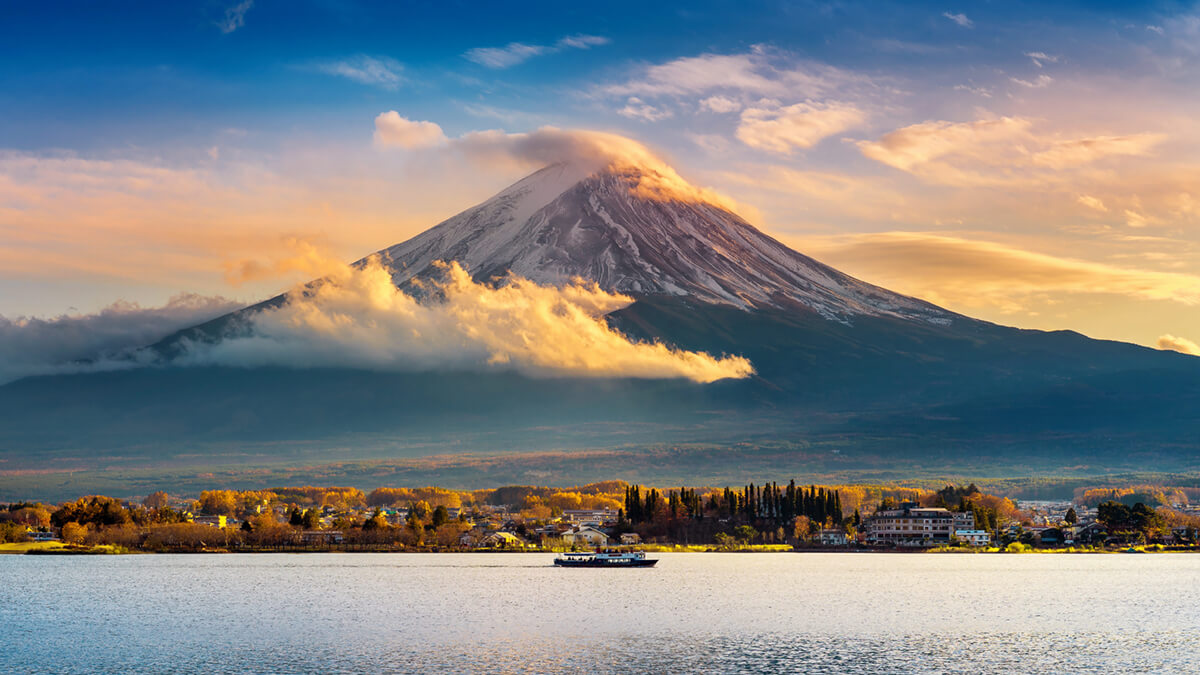
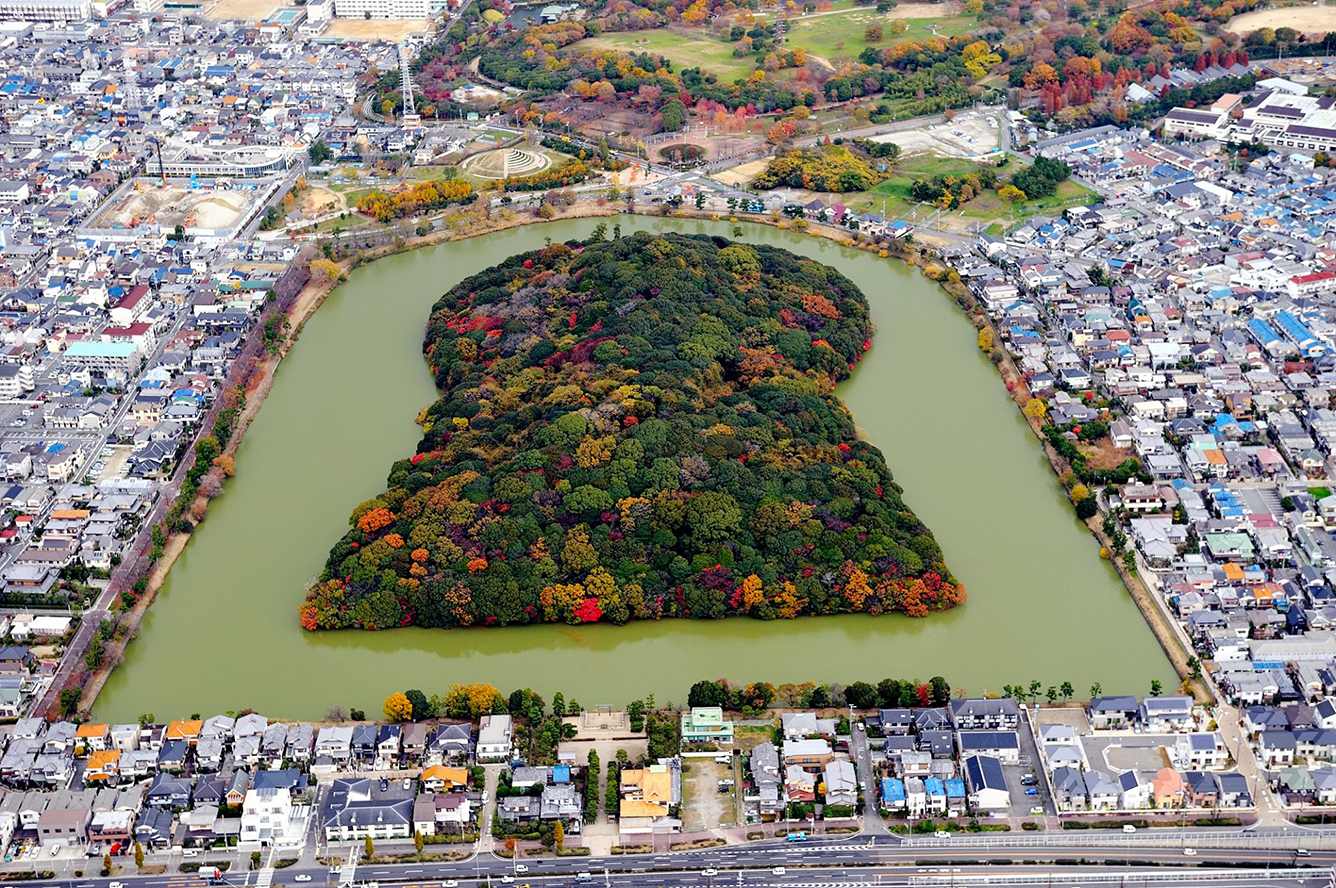







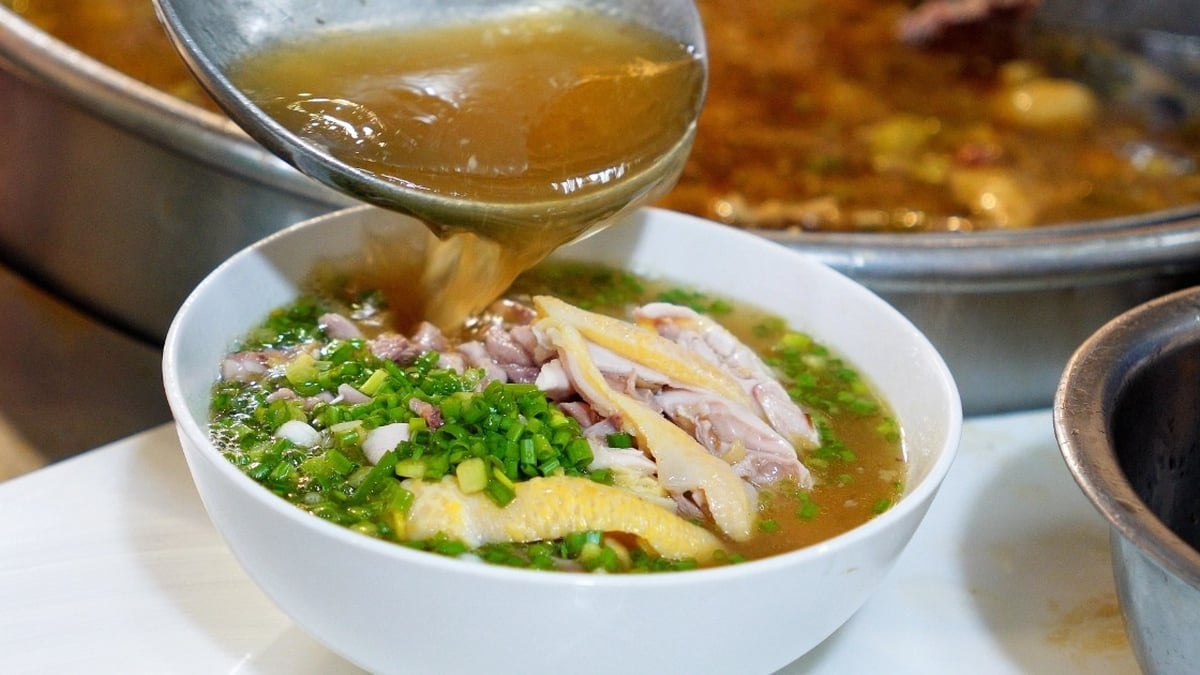
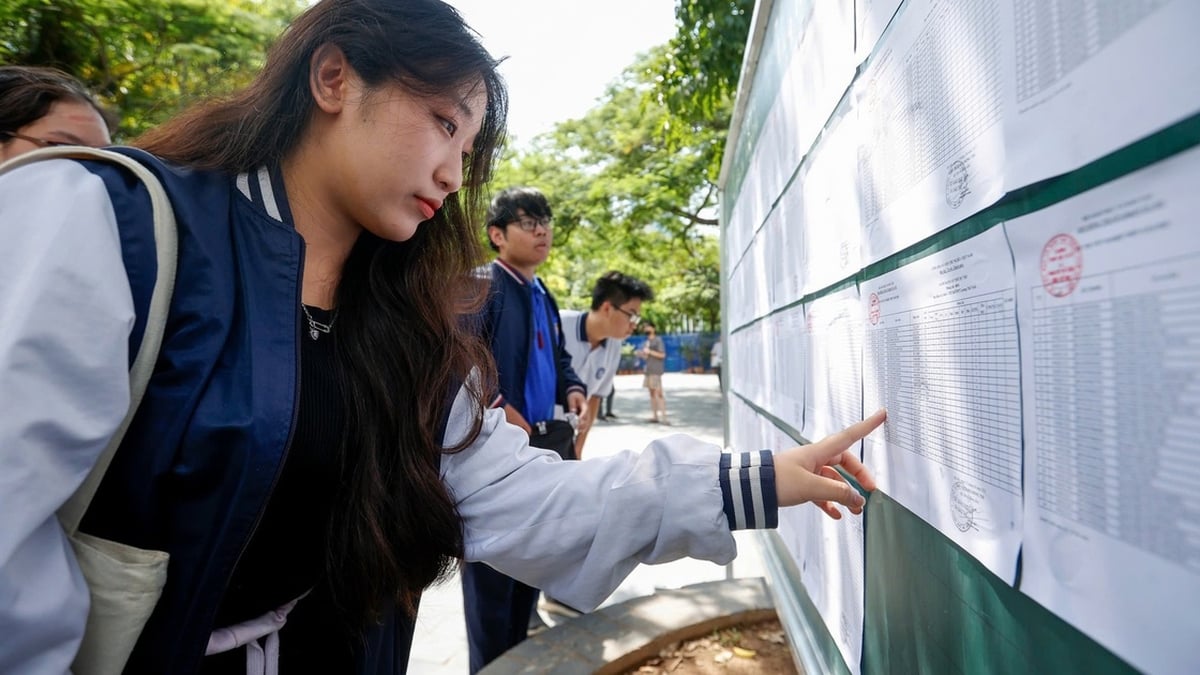




















































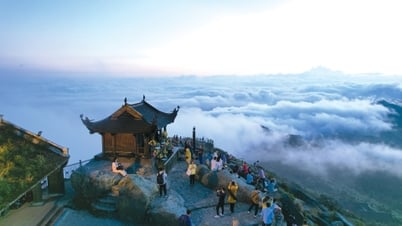










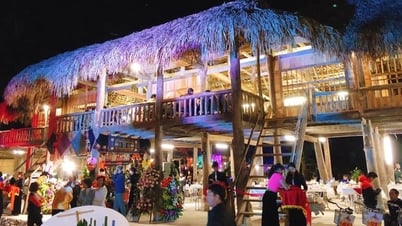

























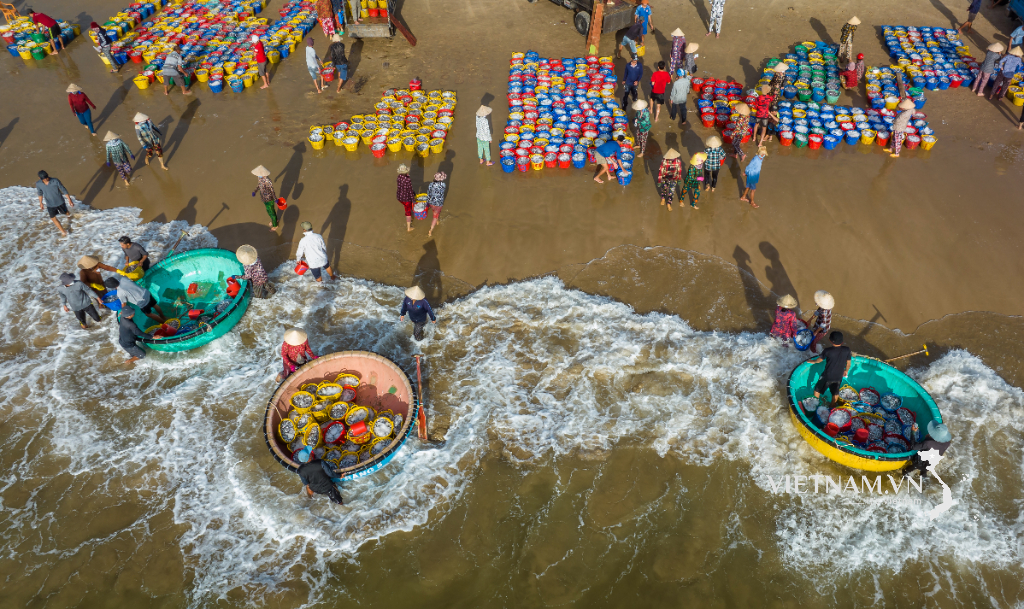
Comment (0)